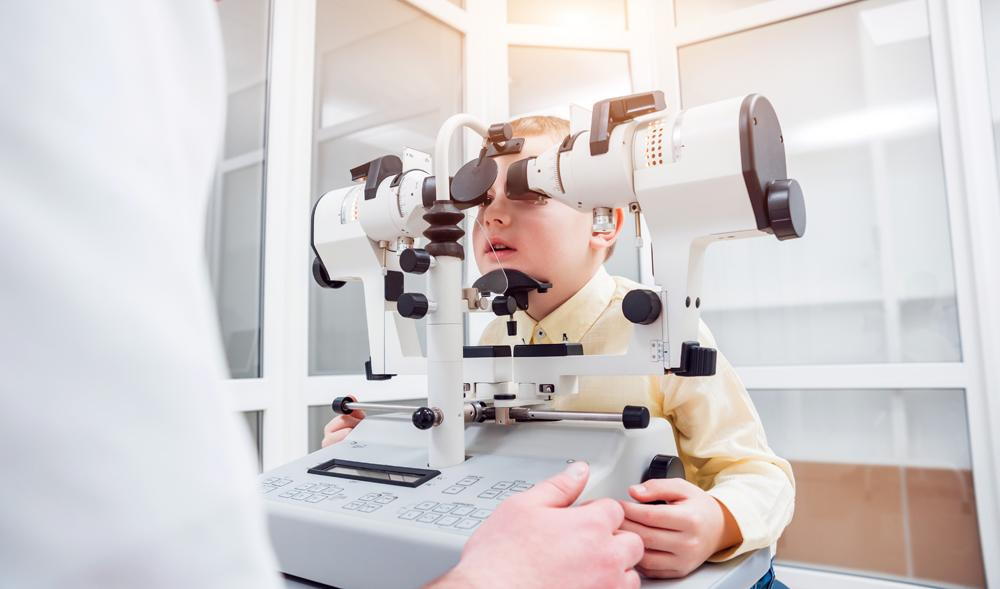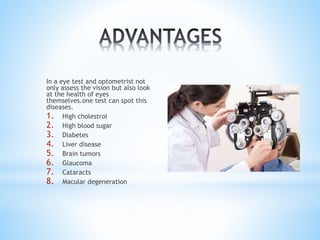Specialized Retina Service Near Me: Top-Notch Eye Treatment Professionals
Specialized Retina Service Near Me: Top-Notch Eye Treatment Professionals
Blog Article
The Function of Advanced Diagnostic Tools in Identifying Eye Disorders
In the world of ophthalmology, the application of advanced analysis tools has reinvented the very early identification and administration of different eye problems. As the need for precise and timely diagnoses proceeds to expand, the combination of cutting-edge tools like optical coherence tomography and aesthetic field screening has actually become crucial in the world of eye care.
Significance of Early Medical Diagnosis
Very early diagnosis plays a crucial function in the effective monitoring and treatment of eye problems. By finding eye conditions at a very early stage, healthcare providers can use suitable therapy plans customized to the certain condition, eventually leading to better end results for clients.

Modern Technology for Identifying Glaucoma
Sophisticated diagnostic modern technologies play a vital duty in the early discovery and monitoring of glaucoma, a leading root cause of irreversible loss of sight worldwide. One such technology is optical comprehensibility tomography (OCT), which provides in-depth cross-sectional photos of the retina, permitting for the measurement of retinal nerve fiber layer density. This dimension is vital in assessing damage brought on by glaucoma. Another sophisticated device is visual field screening, which maps the sensitivity of a client's aesthetic field, assisting to identify any locations of vision loss feature of glaucoma. Additionally, tonometry is utilized to gauge intraocular pressure, a major danger variable for glaucoma. This test is critical as elevated intraocular pressure can cause optic nerve damages. Newer innovations like the usage of fabricated knowledge formulas in analyzing imaging data are showing promising results in the early detection of glaucoma. These sophisticated diagnostic tools allow ophthalmologists to identify glaucoma in its beginning, permitting timely intervention and better administration of the illness to stop vision loss.
Duty of Optical Coherence Tomography

OCT's capability to quantify retinal nerve fiber layer density enables for accurate and objective dimensions, aiding in the very early detection of glaucoma also prior to visual area problems come to be evident. OCT innovation allows longitudinal tracking of architectural adjustments over time, helping with individualized treatment strategies and timely interventions to assist preserve individuals' vision. The non-invasive nature of OCT imaging additionally makes it a favored option for keeping an eye on glaucoma development, as it can be repeated frequently without creating discomfort to the individual. On the whole, OCT plays an important duty in enhancing the diagnostic precision and monitoring of glaucoma, ultimately adding to much better end results for people at risk of vision view website loss.
Enhancing Diagnosis With Visual Field Testing
A vital element in detailed ocular analyses, aesthetic area screening plays an essential duty in boosting the analysis process for different eye conditions. By examining the complete level of a person's aesthetic area, this test offers important info about the functional honesty of the whole aesthetic path, from the retina to the visual cortex.
Visual area screening is especially useful in the diagnosis and management of problems such as glaucoma, optic nerve problems, and different neurological illness that can affect vision. Through measurable dimensions of peripheral and main vision, medical professionals can discover subtle changes that might suggest the presence or development of these problems, even prior to obvious signs occur.
In addition, visual area testing permits for the surveillance of treatment efficacy, assisting ophthalmologists customize restorative interventions to specific clients. eyecare near me. By tracking adjustments in visual field efficiency in time, healthcare providers can make enlightened decisions concerning changing medications, suggesting surgical treatments, or implementing various other appropriate procedures to preserve or enhance a patient's aesthetic function
Handling Macular Deterioration

Final Thought
In final thought, progressed diagnostic tools play a critical duty in recognizing eye disorders published here at an early stage. Technologies such as Optical Coherence Tomography and aesthetic area screening have actually significantly improved the accuracy and efficiency of detecting conditions like glaucoma and macular deterioration. Early discovery permits timely intervention and management of these disorders, inevitably bring about far better results for individuals. It is imperative for medical care specialists to remain updated on these advancements to provide the very best feasible take care of their clients. eyecare near me.
Report this page